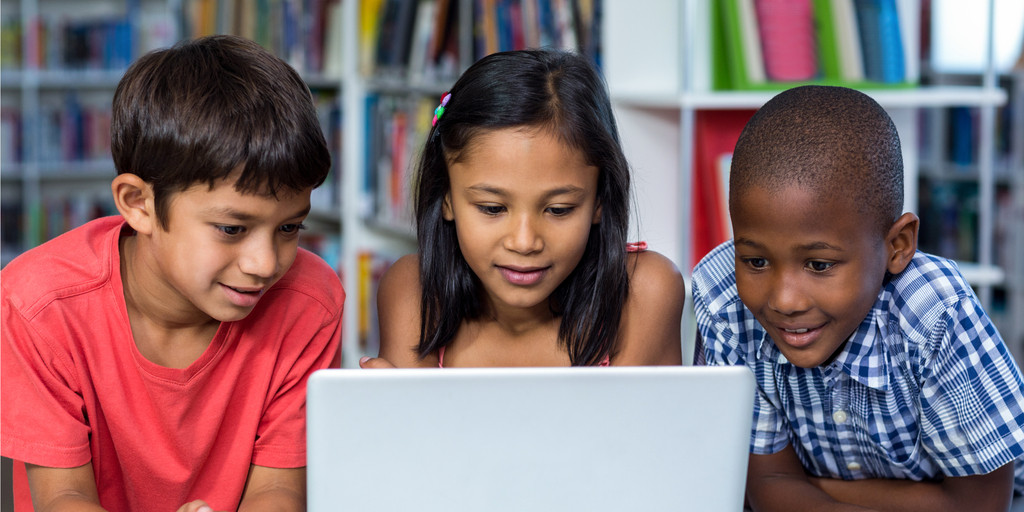How to Conquer the One Device Classroom
- March 27, 2017
- By Jennifer Guido

In the 21st century, our role as educators has shifted from being the sole proprietors of knowledge to facilitating student learning. According to the International Society for Technology in Education (ISTE), Teacher Standards “define the new skills and pedagogical insights educators need to teach, work and learn in the digital age.” (You can download their standards here.)
But many teachers today are still troubleshooting how to implement either one device or a small group of devices into the classroom while still maintaining effective and relevant instruction. The framework below provides some examples of how to incorporate a single device into the classroom.
• ISTE Standard 1: Facilitate and inspire student learning and creativity.
One device can be used in a variety of different ways to inspire student learning. In small groups and collaborative centers, students can a single device to research answers to a problem or question. Use an updated version of a KWL Chart, the 21st Century KWHLAQ chart (what do you know, what do you want to know, how are you going to learn this information, what you’ve learned, what action you’re going to take, and what further questions you have). Using Google Docs or Slides, keep this chart as an interactive learning record throughout the course of a unit.
• ISTE Standard 2: Design and develop digital age learning experiences and assessments.
There are a variety of resources available to create meaningful learning experiences and opportunities for collaboration using just one device. Students can work together to publish digital videos, projects, and presentations. You can create a green screen in your classroom with a few simple materials. There are several apps that let you transform the green screen into many different backgrounds that students can use to present information in a new way. There are also many apps that assist with movie publishing as another way to assess student learning. Apps like Plickers also allow teachers to assess student knowledge through using just one device.
• ISTE Standard 3: Model digital age work and learning.
Teachers can model digital work and learning with just one device through collaborating with other teachers and schools globally. Within their own schools, teachers can use Google Docs to collaboratively plan lessons. One device can open up the world to a class full of students through exploring tools like Mystery Skype and Google Earth. Many museums also offer free virtual field trips that can be explored on just one device (and maybe a projector) in the classroom.
• ISTE Standard 4: Promote and model digital citizenship and responsibility.
You can use a single device to connect your classroom to the world using social media. Using a class account on Twitter, Facebook, or Pinterest, you have the opportunity as an educator to model what digital citizenship means in the 21st Century. Students can document their learning and share graphics and writing with their families and community members. Instruction in digital citizenship and understanding your digital footprint can be embedded into social media integration. Establish a rotating “technology leader” role in your classroom. They can maintain the social media account under teacher guidance. This is a great way to make to make social media integration a manageable part of your daily routine.
• ISTE Standard 5: Engage in professional growth and leadership.
The device that you have in your classroom is also a tool for you to engage in the plethora of resources from educators around the world. If you don’t have a Twitter account, this is your first step in becoming a connected educator and engaging in professional growth. There are so many free and meaningful resources available to grow professionally and impact your teaching. By evaluating what is available to you and continuing to improve your practice, your students will reap the benefits.
Having a one device classroom still allows you to create a connected 21st Century learning environment. Using the resources you have available in a meaningful way empowers your learners and connects them to the world outside your classroom. Do you have ideas on how to implement just one device in the classroom? Please share them on Twitter with @Kids_Discover!